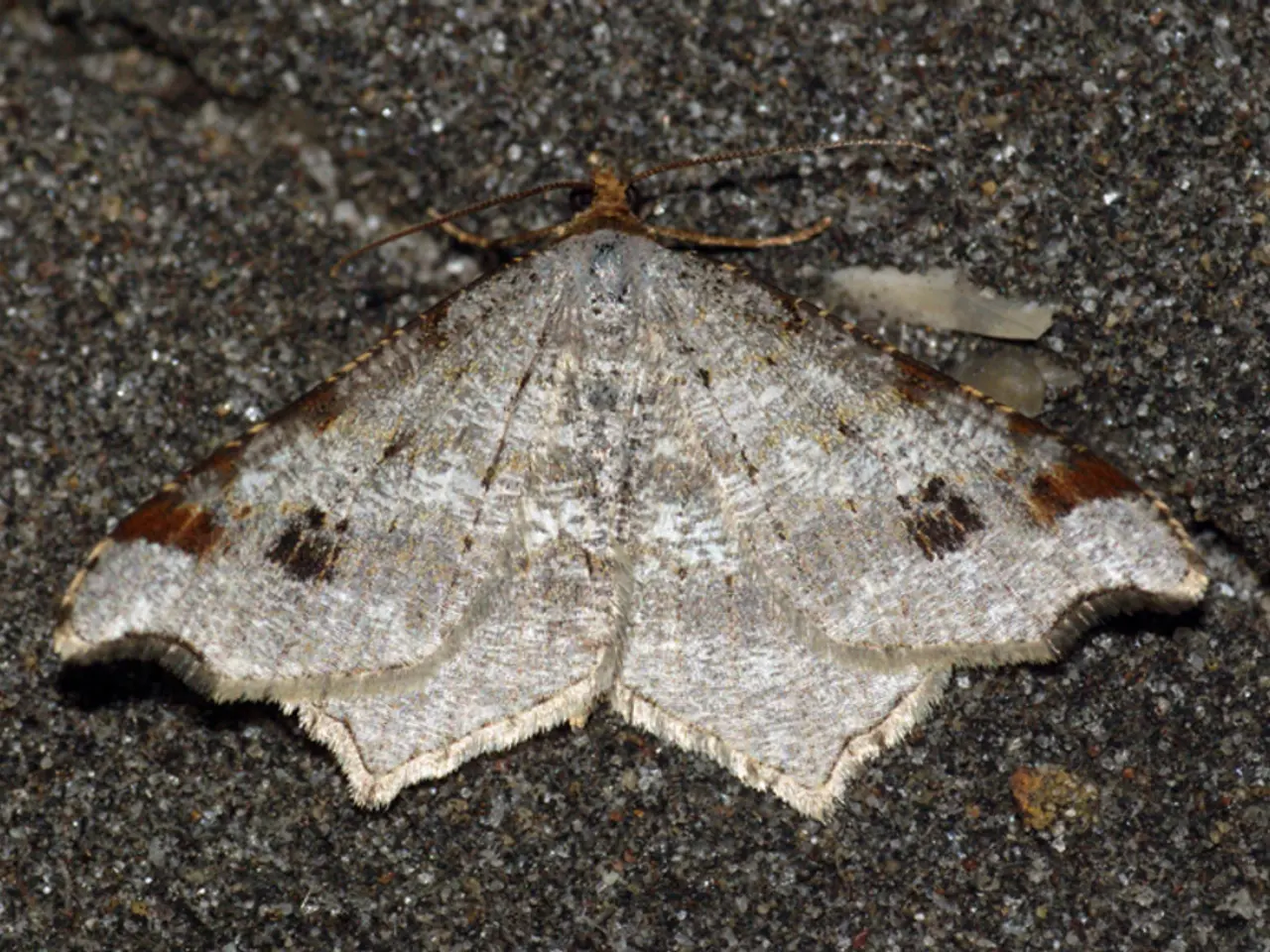Wealthy property owner files lawsuit alleging sheep's wool insulation led to moth invasion in £32.5m residence
In the upscale neighbourhood of Notting Hill, London, a legal battle is unfolding over a mansion that has allegedly been overrun by moths. The home, purchased for £32.5 million by Iya Patarkatsishvili and her husband, is at the centre of a lawsuit against the previous owner, William Woodward-Fisher, for a staggering £36 million.
The couple claims that Woodward-Fisher failed to disclose prior moth problems, a charge that Woodward-Fisher vehemently denies. The defence hinges on the definition of "vermin" not typically including moths. However, the couple accuses Woodward-Fisher of "fraudulent misrepresentation" for not disclosing infestations under the "vermin" category in the pre-sale questionnaire.
The home's alleged moth infestation is attributed to wool insulation in the walls and ceilings. Experts attribute the rise in moth infestations across the country to two factors: rising global temperatures and the growing use of biodegradable materials and eco-friendly insulation in homes. Wool insulation, in particular, has become a "hot topic" due to its susceptibility to insect infestations.
The responsibility for moth damage to eco-friendly warm straw boxes at Iya Patarkatsishvili's Notting Hill Villa would typically lie with the manufacturer or supplier if the product failed to perform as advertised, or with the property owner if improper maintenance or environmental conditions caused the damage. However, the couple claims damages to carpets, clothing, furniture, and the need to strip and replace the insulation entirely. They seek £9.6 million to remove and replace the sheep wool insulation.
The lawsuit filed by the Patarkatsishvili couple highlights a broader issue of a surge in moth infestations. English Heritage reports a 216% increase in moths over recent years. This surge has prompted future consumer guides from institutions like RICS to aim to clarify the responsibilities and procedures for detecting moth infestations in properties.
Surveyors are limited in their ability to detect moth infestations, as they can only flag visible signs and aren't authorized to perform invasive inspections unless specifically instructed. This leaves homebuyers vulnerable to undisclosed infestations, raising legal and ethical questions around disclosure, accountability, and certification of eco insulation types regarding pest prevention.
Many branded eco insulation manufacturers now treat wool with chemicals like borax to deter bugs, but it's unclear if this was used in the Patarkatsishvili house. The absence of such treatment could have contributed to the moth infestation.
As the legal battle between the Patarkatsishvili couple and William Woodward-Fisher continues, it serves as a cautionary tale for homebuyers and sellers alike. Repair costs, according to Woodward-Fisher's legal team, would total £162,652. The couple also seeks reimbursement for the purchase price and associated taxes, adding up to the substantial £36 million claim.
The Notting Hill case underscores the importance of transparency and due diligence in property transactions, especially when it comes to potential pest problems. As the use of eco-friendly materials continues to grow, so too does the need for clear guidelines and effective pest prevention measures.
Read also:
- Nightly sweat episodes linked to GERD: Crucial insights explained
- Antitussives: List of Examples, Functions, Adverse Reactions, and Additional Details
- Asthma Diagnosis: Exploring FeNO Tests and Related Treatments
- Unfortunate Financial Disarray for a Family from California After an Expensive Emergency Room Visit with Their Burned Infant








